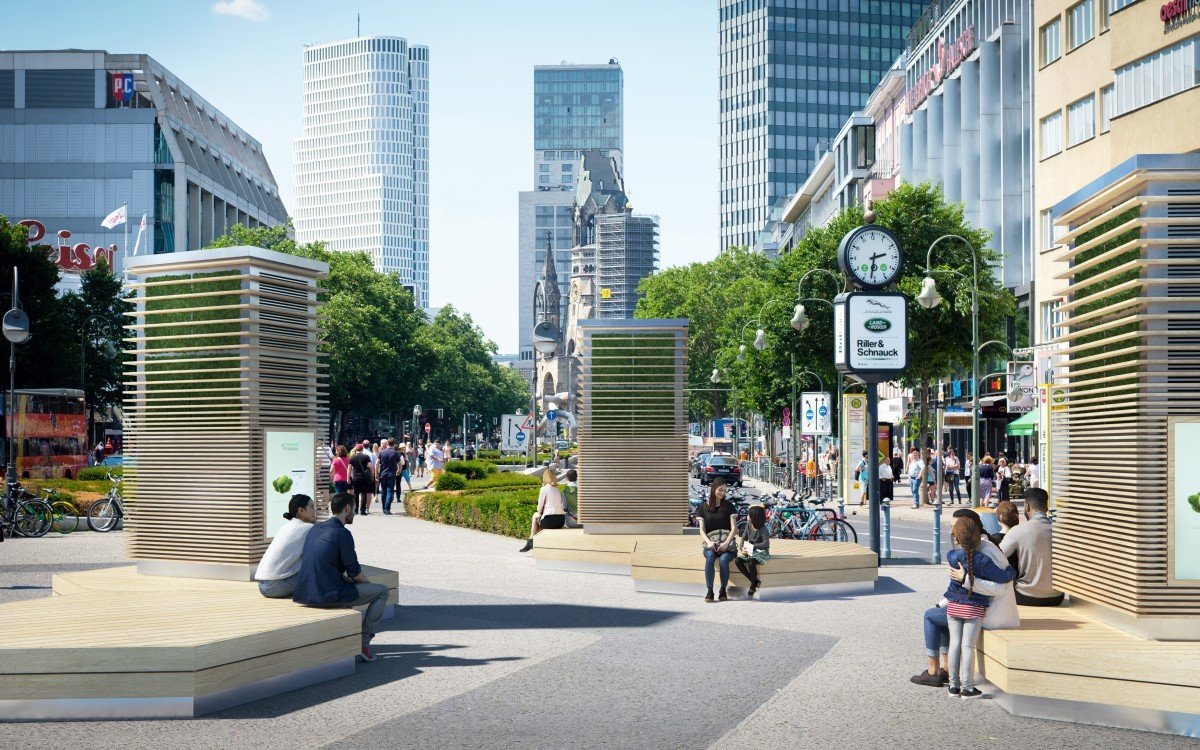Criteria for awarding city advertising contracts for out-of-home has changed noticeably over the past 20 years. New street furniture concepts such as bus stops, public toilets and, most recently, bike sharing programs are intended to sweeten the deal for cities in RFPs. Increasingly, Out of Home advertising contracts are being bundled with smart city solutions.
Most smart city concepts revolve around digitalization and network infrastructure in public spaces. Increasingly, it is also about creating a more livable urban space. This includes not only intelligent traffic management solutions, but also better air quality. Especially in times of COVID19, many inhabitants spend their leisure time and holidays in the immediate vicinity – sometimes even right in the center of the city.
Smart city technologies and Digital-out-of-Home (DooH) are bringing new impulses. A look at New York shows how the two form a symbiosis: While the city is getting a modern infrastructure with highspeed internet, sensors and live data, inhabitants and tourists can access free WiFi across the city. And DooH screens enable brands to advertisers as close to the targeted audience as possible. A win-win situation. This is how many imagine the smart city future: high-end digital infrastructure – (co-)financed by out of home advertising.
However, the needs of the public sector may well change much faster than previously predicted. The current discussions about banning diesel cars from the inner-city zones show dramatically how public opinion changes. This could be the time for Smart City enabled by Out of Home. First projects are already pointing the way: JCDecaux recently installed an air cleaning solution from Airlabs at London’s Marylebone station. Clean air flows out of the Smart City devices in so-called Clean Air Zones at nose level. The service is refinanced by advertising based on the established Out-of-Home street-furniture concept. The major French bank BNP Paribas uses floor graphics and advertising on the filters to advertise its services at the station, which is used by annually 12 million long-distance travelers.
Moss-based CityTrees introduced by the German start-up Green City Solutions four years ago are a different example for Smart- and Green City. More than 50 installations are already in operation in ten European cities. The street furniture is extensively covered with moss. Integrated sensors control fans that circulate the air and the CityTrees provide clear air for the direct surroundings, especially removing particulate matter (PM). Refinancing through out-of-home advertising has not yet been implemented. However, there are concepts how the integration of DooH screens could generate some form of revenue.
The biggest vision are seven-meter-high air filters developed by the Dutch designer Daan Roosegaarde. The first prototypes are already operational in Krakow (Poland) and in China. The „Smog Free Tower“ is a smart city installation in its largest possible form. Anyone who experienced the Dutchman on stage at the ISE conference is convinced that almost everything is possible.
As you can see, the potential for advertising-financed air purification infrastructure has never been greater. And it is to be expected that in the near future interesting projects financed with or by advertising will also be seen by Ströer, JCDecaux and Co. The pressure on politicians is immense and the locations directly on the road are as if made for DooH.
Get full access to all invidis yearbook articles – it’s free!
Download the industry bible for more analysis and market data. Secure your personal copy now – it’s free of charge.
